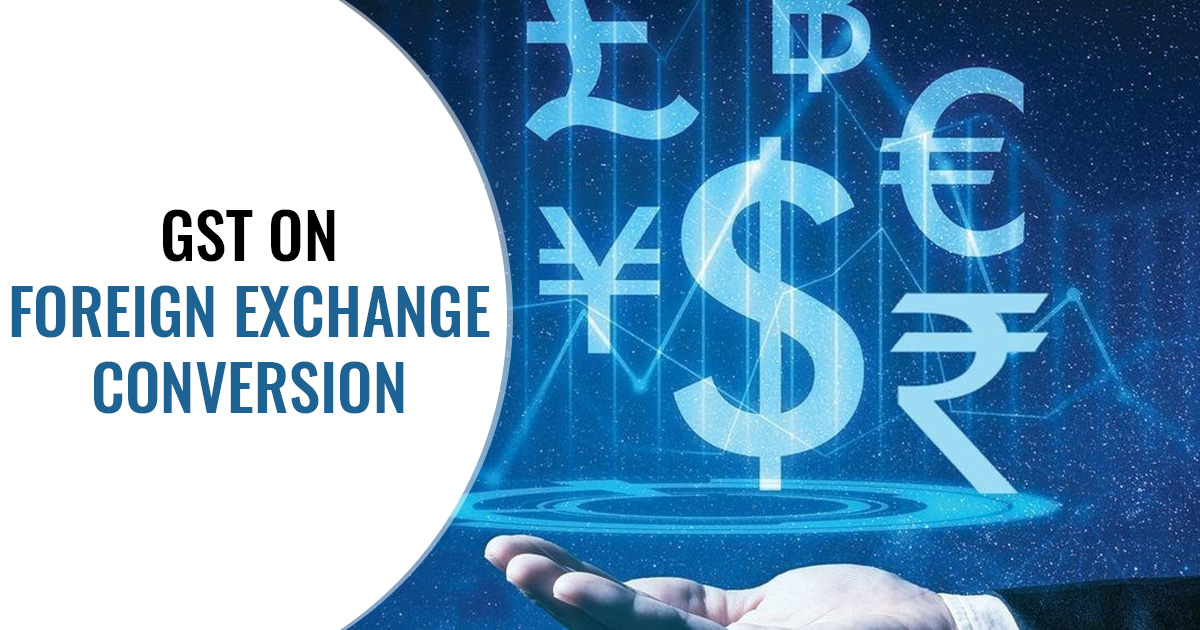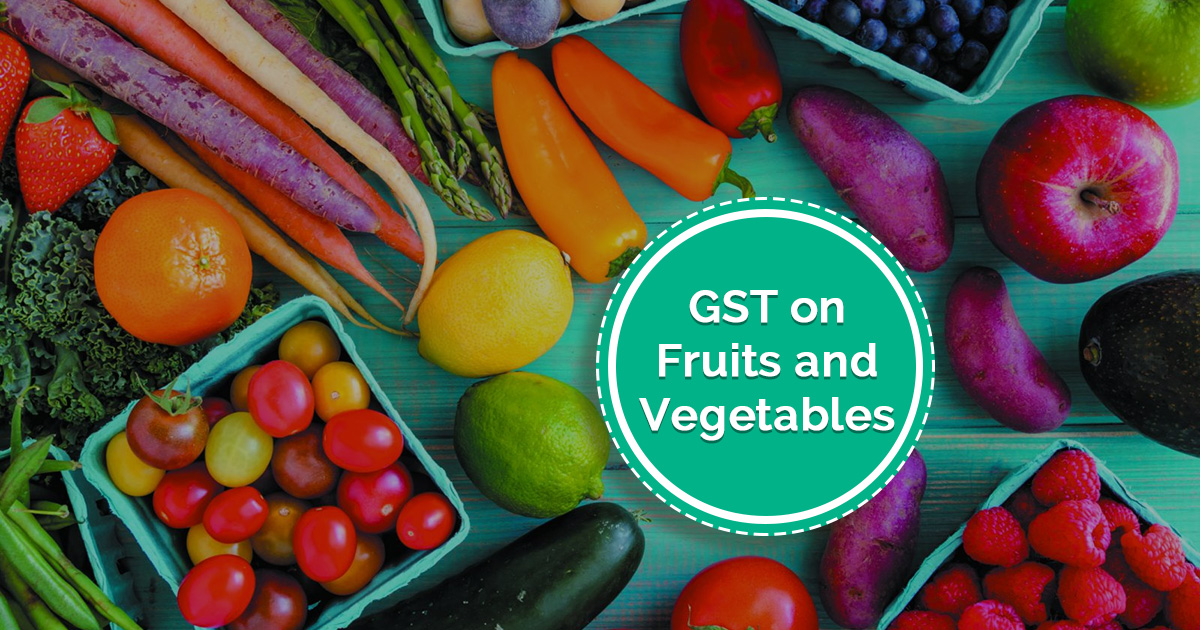Foreign Exchange conversion services allow users to convert their currencies to other foreign or domestic currencies.
When exchanging (purchasing or selling) a foreign currency in India, the value of supply will be calculated by the service supplier. GST on Foreign Exchange Conversion will be determined based on the value of supply. There are the following two ways to determine the value of supply for a foreign exchange conversion:
- Calculation Based Under Rule 32(2)(a) of CGST Rule 2017
- Slab Based Under Rule 32(2)(b) of CGST Rule 2017.
Contents
Method 1: Calculation Based On Rule 32(2)(a) of CGST Rule 2017
Case 1: When one of the currencies being exchanged is Indian Currency (INR)
Sub-case 1: RBI Reference Rate is given
RBI reference rate determines the value difference between the two currencies. If the RBI reference rate is given, then the value of the foreign currency will be determined in the following manner:
For purchase of Foreign Currency
Value = (RBI Reference Rate – Buying Rate) * Total units of currency
For sale of Foreign Currency
Value = (Selling Rate – RBI Reference Rate) * Total units of currency
Let’s try to understand this with an example.
Mr. Raghav took the services of Money Exchange for converting (selling) 100 USD to INR at the rate of 1 USD = 70 INR. The RBI Reference Rate for USD-INR transaction is, say, INR 69 per USD.
So, the Value of supply is: (70-69)*100=100 INR
GST on Foreign Exchange Conversion is levied at 18%.
GST on the supply in the above example will be 100 * 18% = 18 Rs.
Now, in another situation, if Mr. Raghav wants to purchase 100 USD at the rate of 1 USD = 70 INR, and the RBI Reference Rate is INR 72 per USD, then
The value of supply will be: (72-70)*100 = 200 INR
And the GST charged will be: 200 * 18% = 36 Rs.
Recommended: GST on Commission and Brokerage
Sub-case 2: RBI Reference Rate is not given
In case if the RBI reference rate is not available for particular currency conversion, the value of supply will be
1% of the Gross Amount (INR) received or supplied by the transacting person.
In the above example, Mr. Raghav is the transacting party, who is selling or buying 100 USD @ 1 USD = 70 INR, so the gross amount he receives/sells is INR 7000.
And the value of supply is 1% of 7000 = INR 70
The GST on this supply would be – 70 * 18% = 12.6 Rs
Case 2: When both currencies being exchanged are Foreign Currencies
The value of supply, in this case, will be:
1% of the lesser of the final amount (when both currencies are converted to INR)
Let’s look at an example:
Mr. Raghav wants to sell 100 USD for UK Pound at the rate of 0.82 Pound per USD. So, the value will be 82 Pounds.
Now, if we convert both currencies into INR, we get
100 USD = 7000 INR (@ 70 INR per USD)
82 Pound = 7118 INR (@ 87 INR per Pound)
So, the value of taxable supply is 1% of the lesser amount, i.e. 1% of 7000 = Rs. 70
GST on Foreign Exchange Conversion supply is 70 * 18% = Rs 12.60
Also Read: GST impact on Online Transactions in India
Method 2: Slab Based Under Rule 32(2)(b) of CGST Rule 2017
Alternatively, suppliers or service providers can opt for this method of GST on Foreign Exchange Conversion, where the Value of Supply is calculated according to predefined rules. If you choose to opt this method, you cannot opt-out for at least one financial year.
| S.No | Gross amount of currency exchanged | Value of Supply | ||
| (A) | (B) | Result | ||
| 1 | Amount up to 1,00,000 | 1% of the gross amount of currency exchanged | Rs. 250 | Whichever is Higher (A) or (B) |
| 2 | An amount exceeding 1,00,000 rupees and up to 10,00,000 rupees; | 0.50% of the (total amount of currency exchanged less 1,00,000) | Rs. 1,000 | A + B |
| 3 | Amount exceeding 10,00,000 | 0.10% of the (total amount of currency exchanged less 10,00,000) + Rs 5,500 | Rs. 60,000 | Whichever is Lower (A) or (B) |
For example, if the gross amount is Rs. 5,000, the value of supply will be
Higher of 1% of 5000 (i.e. Rs. 50) and Rs. 250, i.e. Rs. 250.






